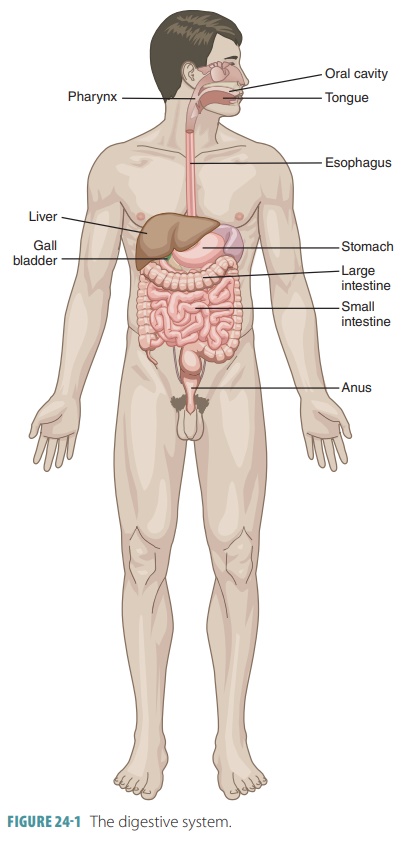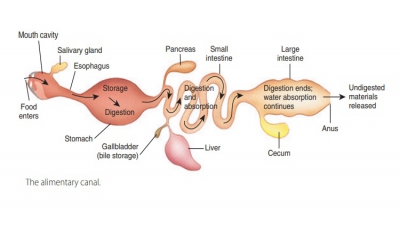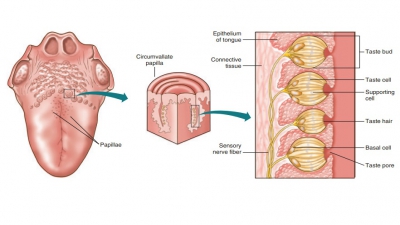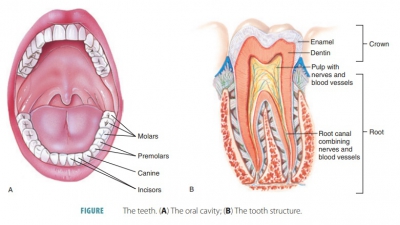Digestive System
| Home | | Anatomy and Physiology | | Anatomy and Physiology Health Education (APHE) |Chapter: Anatomy and Physiology for Health Professionals: Digestive System
Life is sustained by obtaining nutrients from the environment. Nutrients are the raw materials needed to synthesize essential compounds in the body.
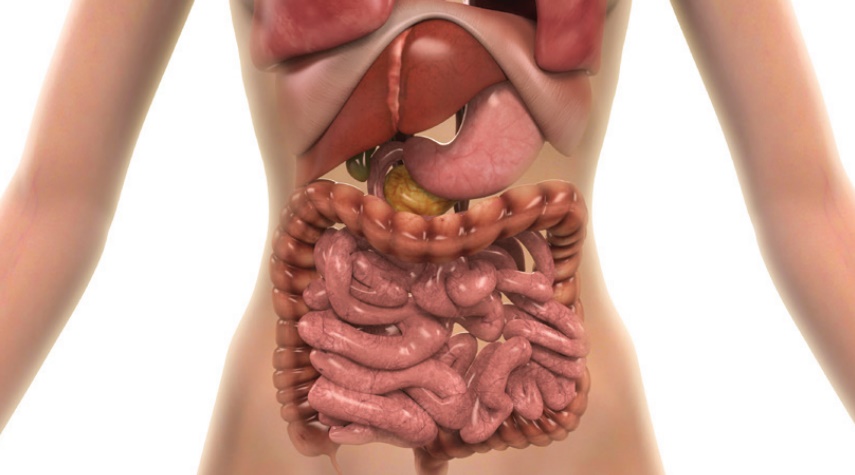
Digestive
System
After studying this chapter, the reader should be able to:
1. Identify the organs of the digestive system.
2. Explain the processes by which materials move through the
digestive tract.
3. Describe the anatomy of the stomach and its roles in
digestion and absorption.
4. Describe the anatomic characteristics of the small
intestine.
5. Explain three hormones secreted from the digestive system
to regulate digestion.
6. Describe the structure of the pancreas and secretory
activities for digestion.
7. Describe the major functions of the liver.
8. Describe the regions of the large intestine.
9. Explain the significance of the large intestine in the
absorption of nutrients.
10. Describe
the digestion of lipids and the effects of bile.
Overview
Life is sustained by obtaining nutrients from the
environment. Nutrients are the
raw materials needed to synthesize essential compounds in the body. They may
also be decomposed to provide energy required by the cells to continue
functioning. The mechanical and chemical breakdown of foods and the absorption of resulting nutrients by the
body’s cells are known as digestion. The
organs of the digestive system carry
out the processes of mechanical digestion and chemical digestion. Mechanical
digestion is the process of breaking large pieces of food into smaller ones
without altering their chemical makeup. Chemical digestion uses chemicals to
break food into simplerchemicals.
